Angus is a large region in eastern Scotland between the Firth of Tay and Aberdeenshire. This rural area has a lot more going for it than the prosaic ‘Scotland’s fruit basket’ moniker would have you believe. There’s loads of history tucked between the farm fields and immense beauty in the shadow of the Cairngorms mountains, but what about the small towns, out-of-the-way places, and hidden ripples? To get a sense of these you need solid time on the ground exploring, and one of my favorite finds from my recent time in Angus is Edzell Castle & Gardens.
Edzell is a wonderful, tiny town north of Brechin on the way into Glenesk, the easternmost of the Angus Glens. Edzell Castle is the original site of the town, just a short way east of the village, and its distinctive red sandstone edifice serve as a clear reminder that I’m in Angus. Almost every historic structure, from Arbroath Abbey to Redcastle, reflect the region’s ubiquitous red rocks.
A tiny and pleasant ticket office serves up bite-size morsels of Edzell Castle’s history, which are followed by the typically thorough information boards provided by Historic Scotland. The earliest known structure here was a motte and bailey fortification built by the Abbots around 1100 AD, probably designed to defend the mouth of Glenesk from those seeking incursion further north. The Edzell lands changed hands to the Stirlings of Glenesk before coming into the ownership fo the Lindsays, who built Edzell Castle, whose ruins we see today.
In 1520, Sir David Lindsay, Lord Edzell, began constructing a tower house and courtyard in a cozier location than the previous castle. The new location, however, was ill-suited for defense and suggests to historians that defensibility wasn’t a priority rather than an oversight. Among Edzell Castle’s brightest moments in history was the visit of Mary, Queen of Scots, in 1562 when she held a privy council meeting there.
Lord Edzell continued expanding Edzell Castle throughout the 16th century, building a west range and north range and garden. The courtyard was home to sport like football, though the north range and garden were never finished before Lord Edzell’s death.
The interior of the tower house is one of the marvelous Scottish ruins where you can ascend within the structure and get a concrete, or should I say ‘sandstone,’ sense of the past. Fireplaces, windows, slits, and privies press into the stone walls seemingly at random the higher and higher you look. This is an illusion. The floors within the tower house would have been wooden but have long since fallen away.
Throughout the ruins of the tower house and ranges stand modern stairs and platforms to facilitate exploring this awesome structure. In places you can still see harls and heraldic emplacements, though the plaster and tapestries that would’ve covered the stone walls are long gone. Edzell Castle’s fortunes began a downturn during the 1715 Jacobite Uprising when the Lindsays supported the Jacobites. Following the uprising the castle was “asset stripped,” and it saw further damage in 1746 courtesy of government troops. By the 1760s the castle’s roofs were removed and sold to pay debts and exempt the owners from taxation.
One of Edzell Castle’s most impressive features is the “great garden,” which was begun in the early 16th century. Lord Edzell’s extraordinary Renaissance pleasure garden is the finest surviving example in Scotland. It truly is stunning to look upon, and while some believe it’s simply a ‘pleasance,’ others see in its orientation and content a Rosicrucian-alchemical mystery temple. Surrounding the garden carved into the walls are the seven liberal arts, seven cardinal virtues, and seven planets (of the time). Suffice to say there’s a lot of seven- and three-foldness worked into the design of the garden that indicate Lord Edzell may have been quite the interesting individual.
A ‘summer house’ stands in one corner of the garden, less than a hundred yards from the tower house. I know they didn’t have cars back then, but you’d think you’d want to get a little bit further into the country.
What can I say? I love Edzell Castle and its gardens. It’s a gorgeous red ruin with a stunning garden that even has esoteric connections to the hermetic revival of the time. What’s not to love? Consider that Edzell is a perfect stop on the way in or out of Glenesk and you’ve got a wonderful memory waiting to be created.

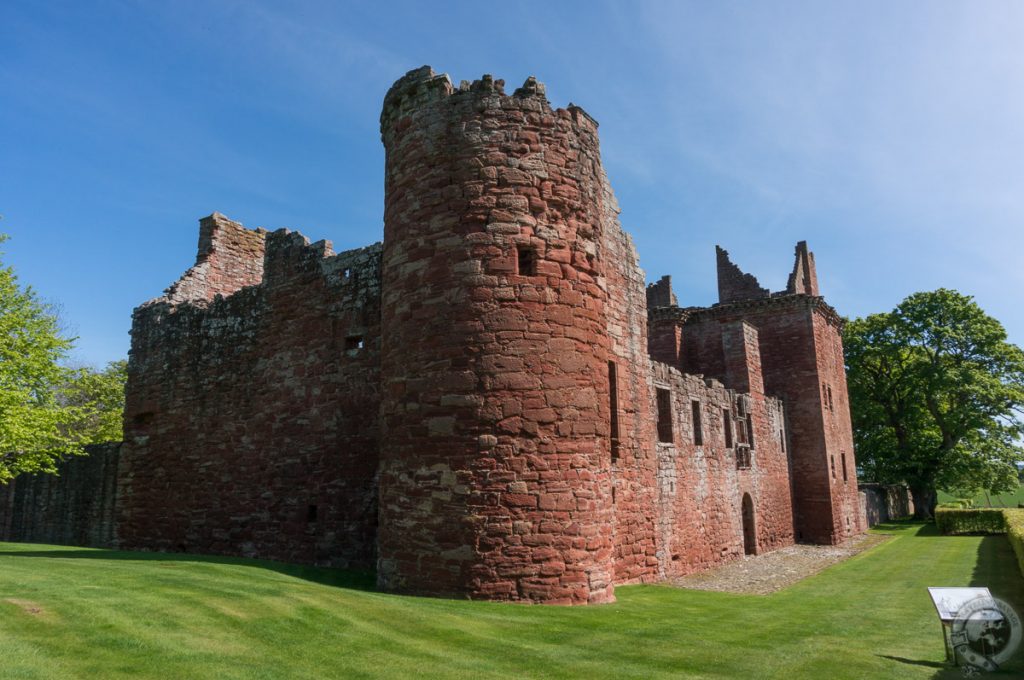
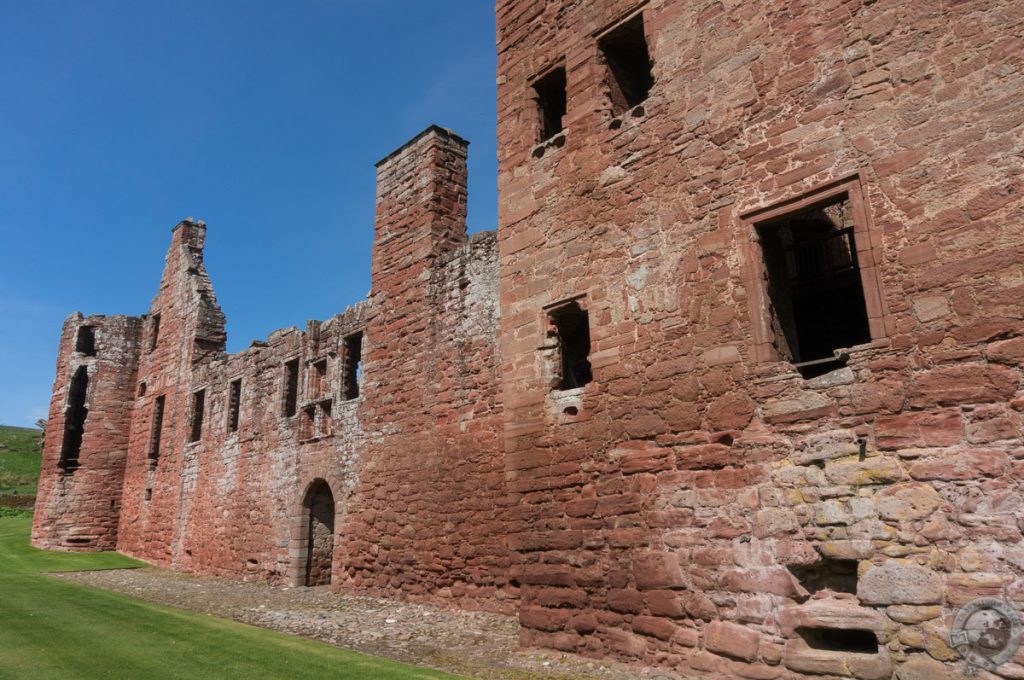
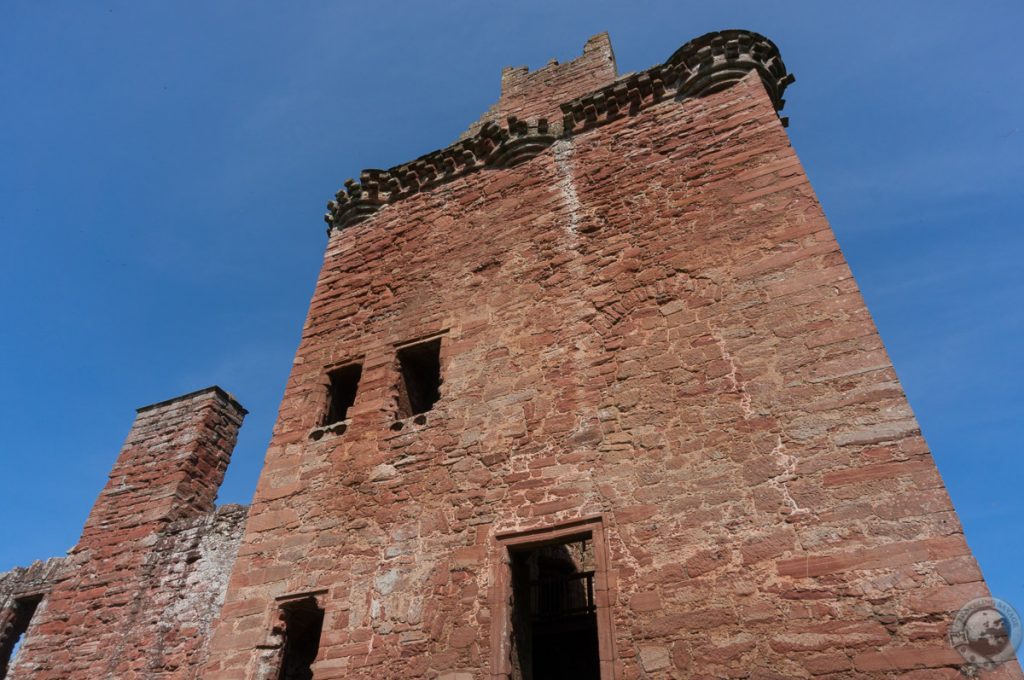
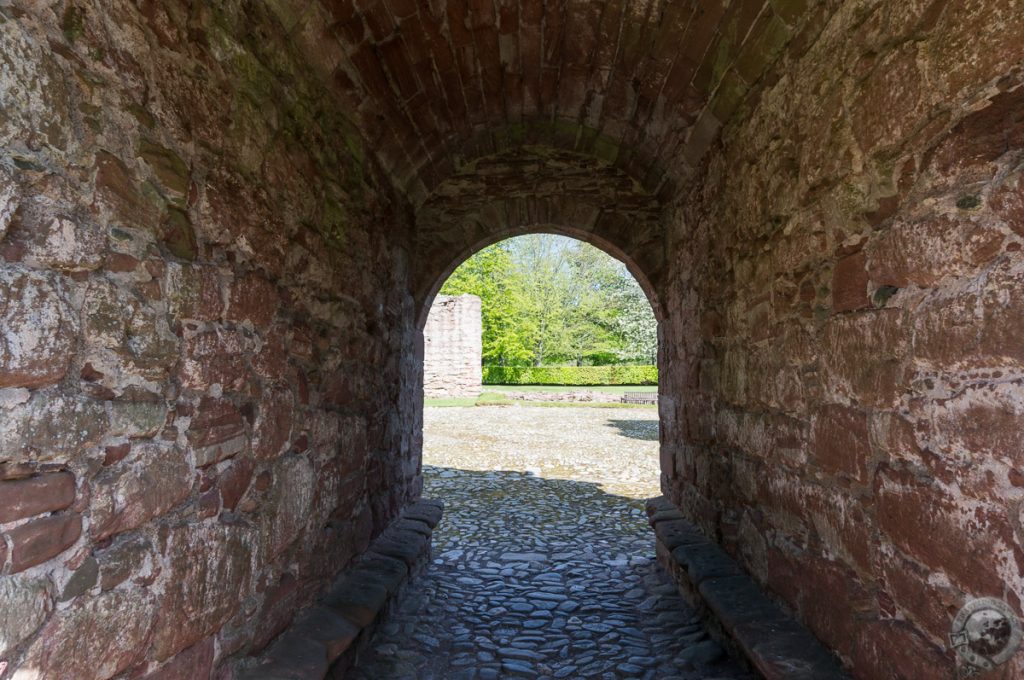
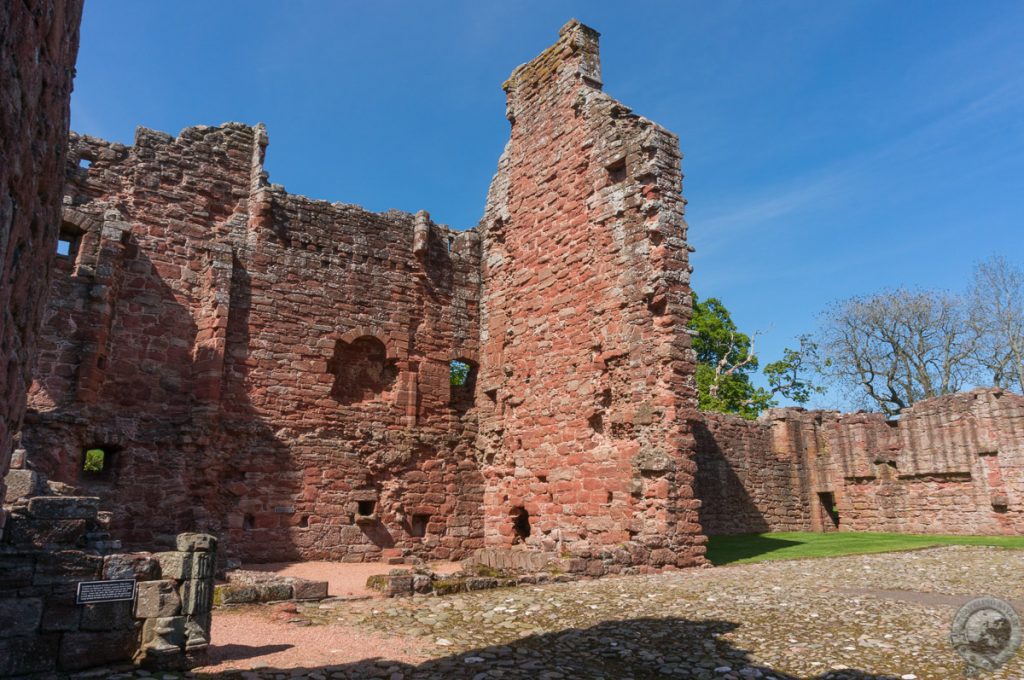
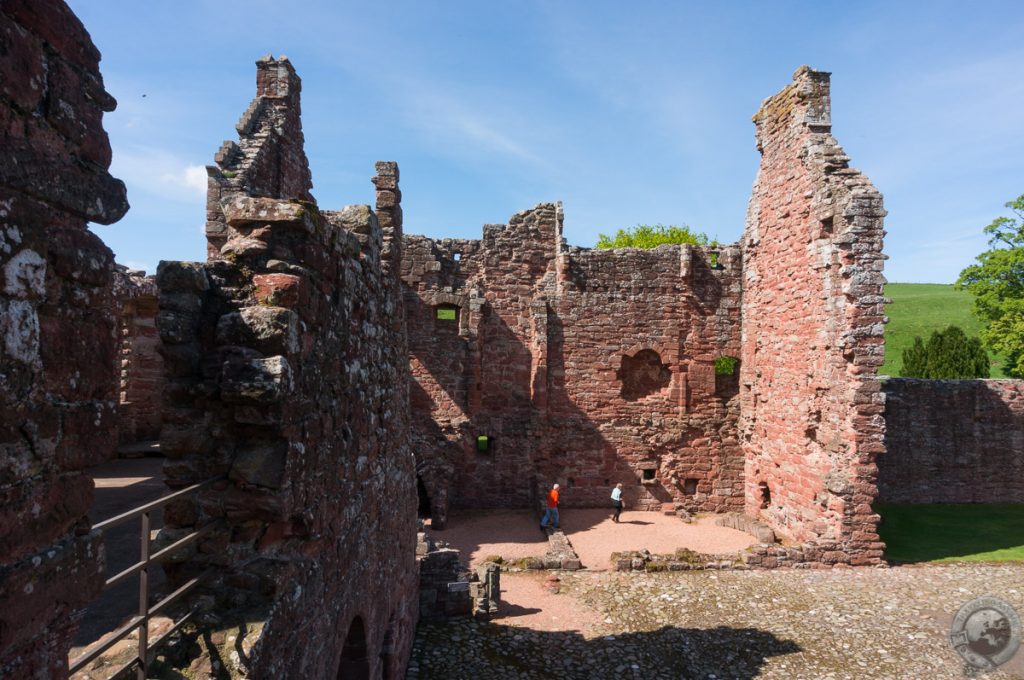
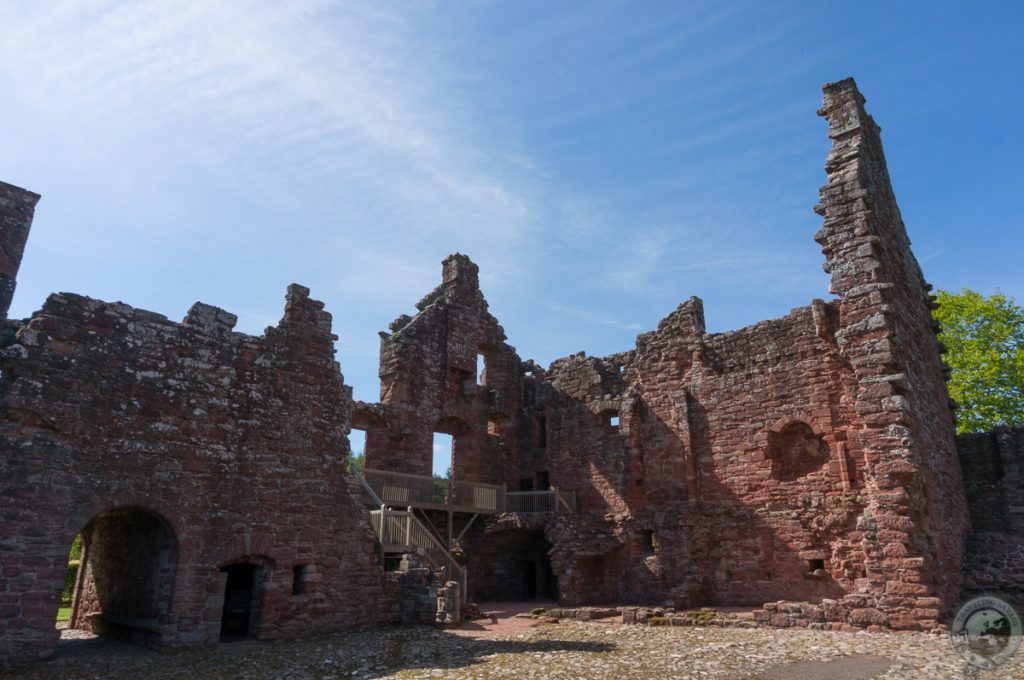
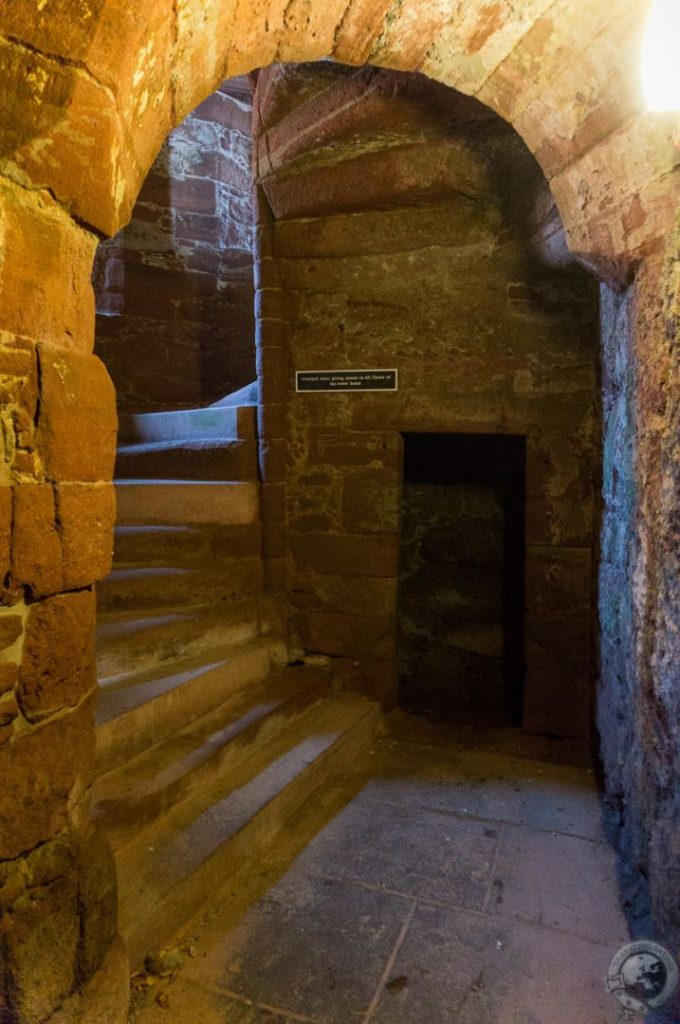
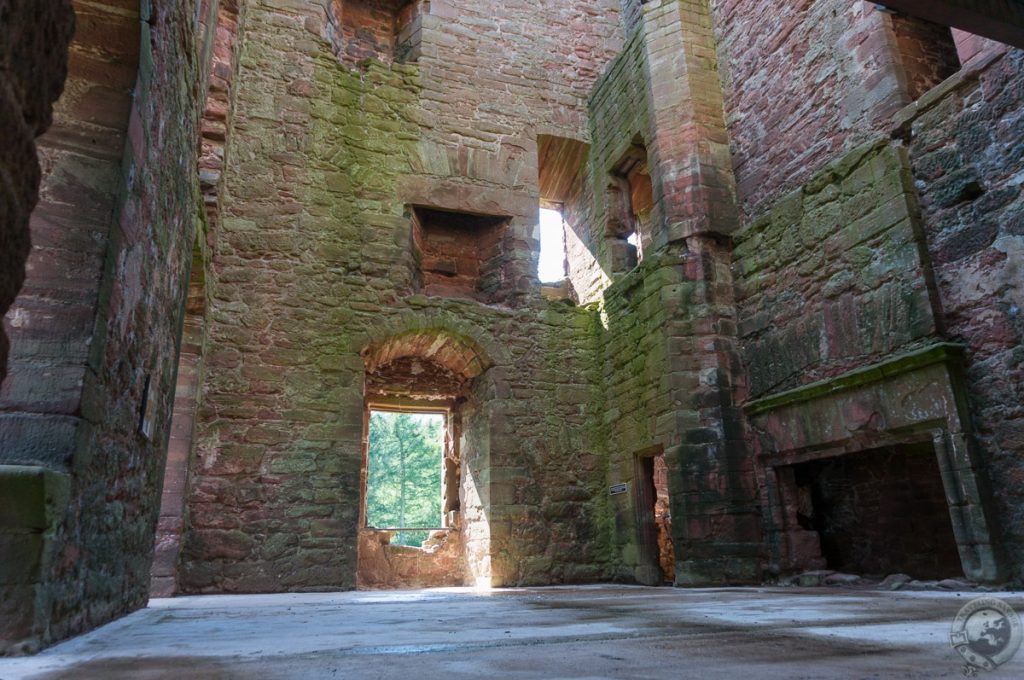
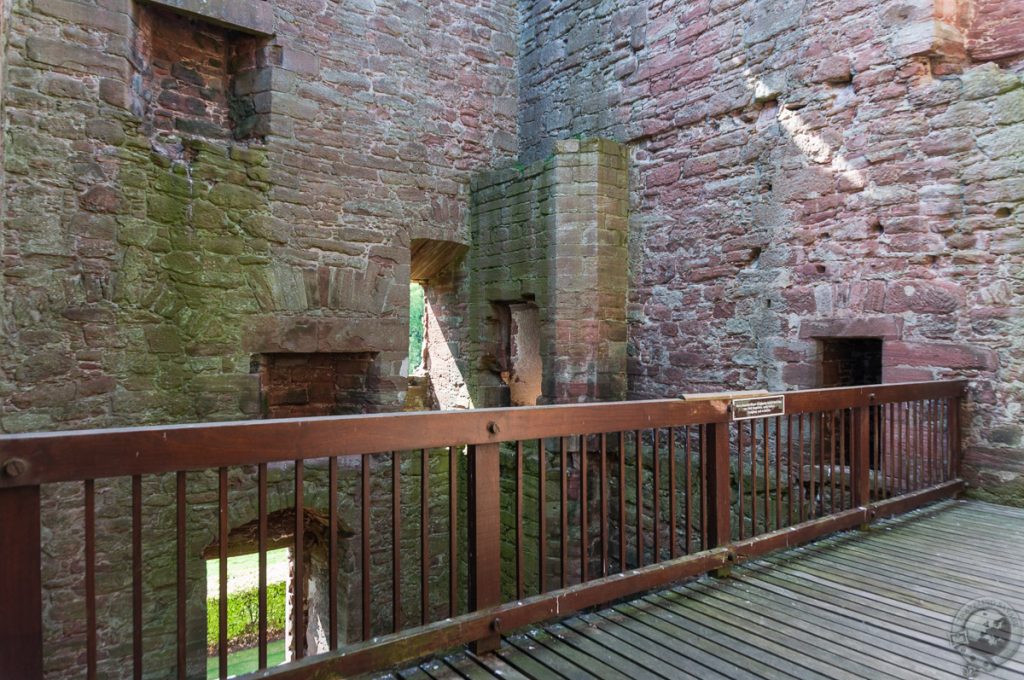
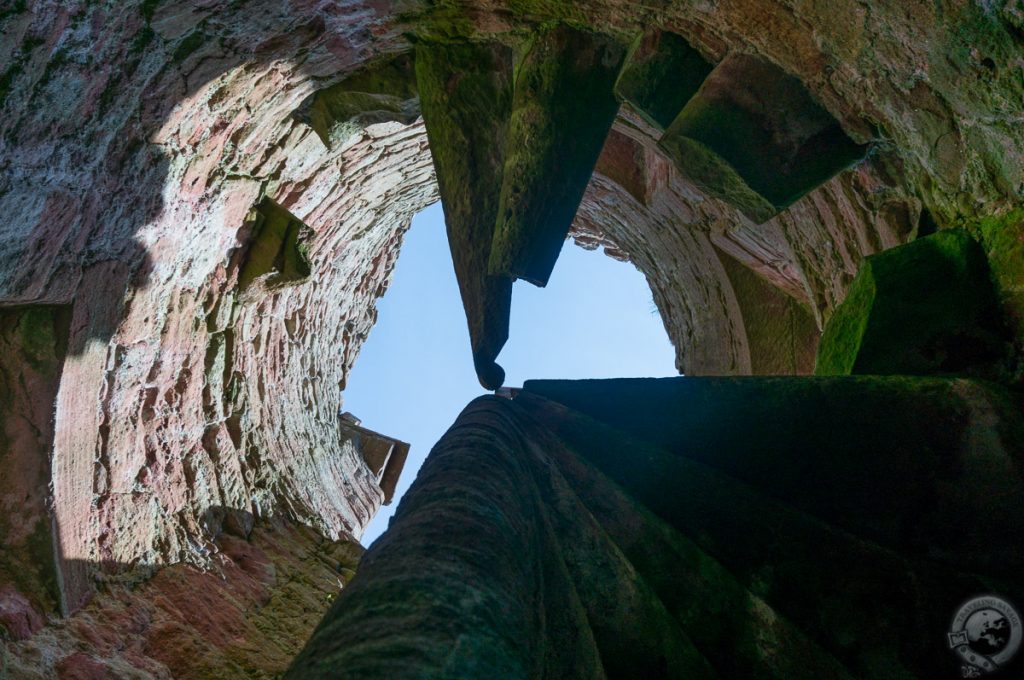
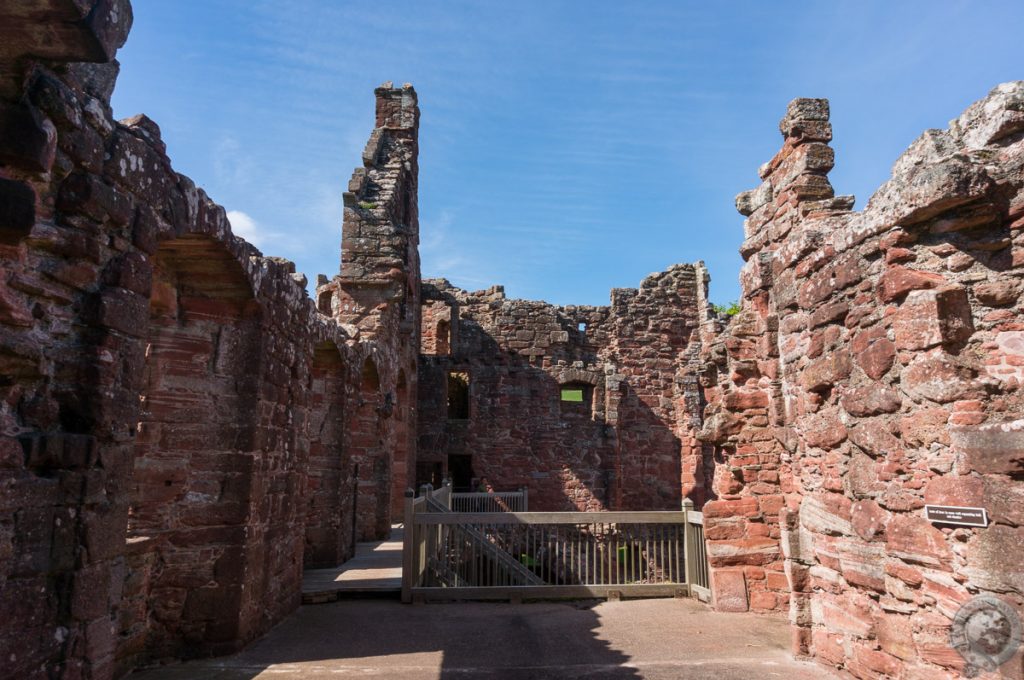
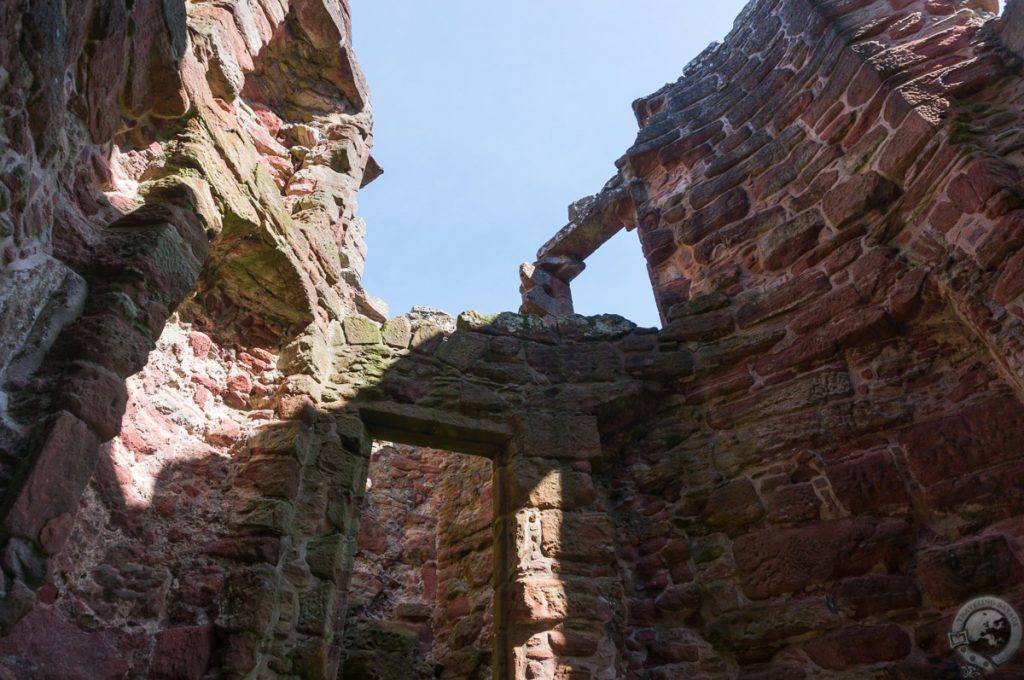
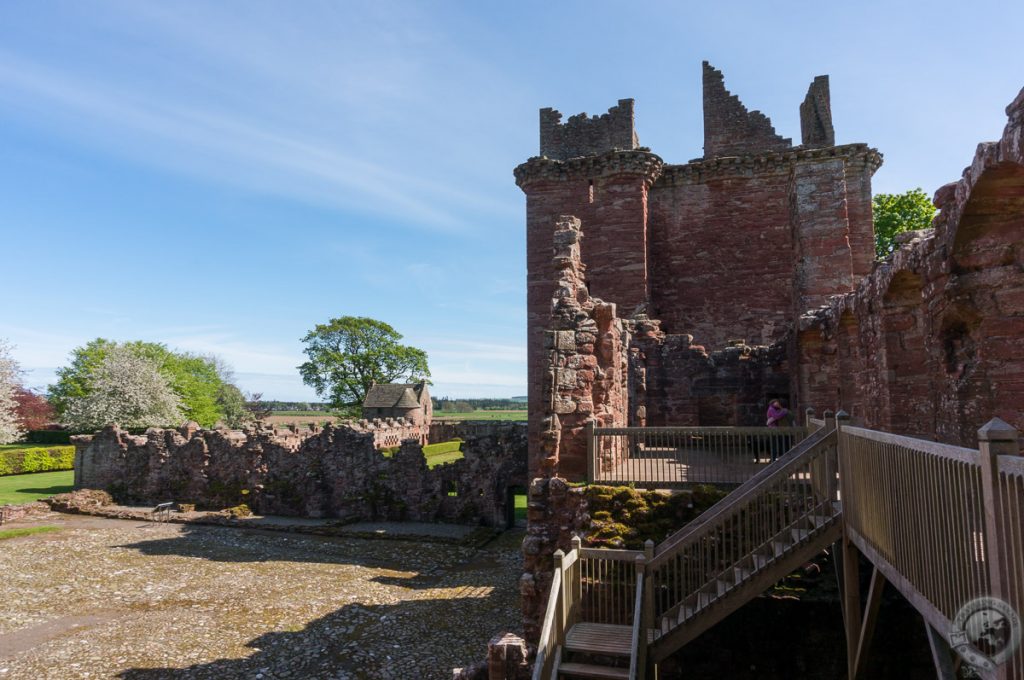
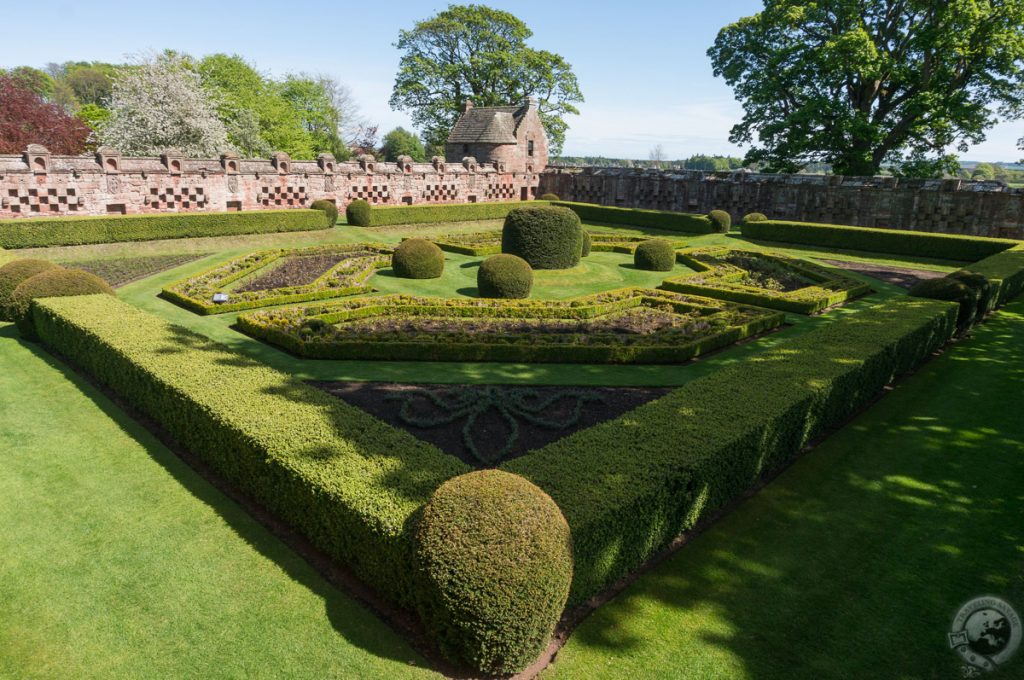
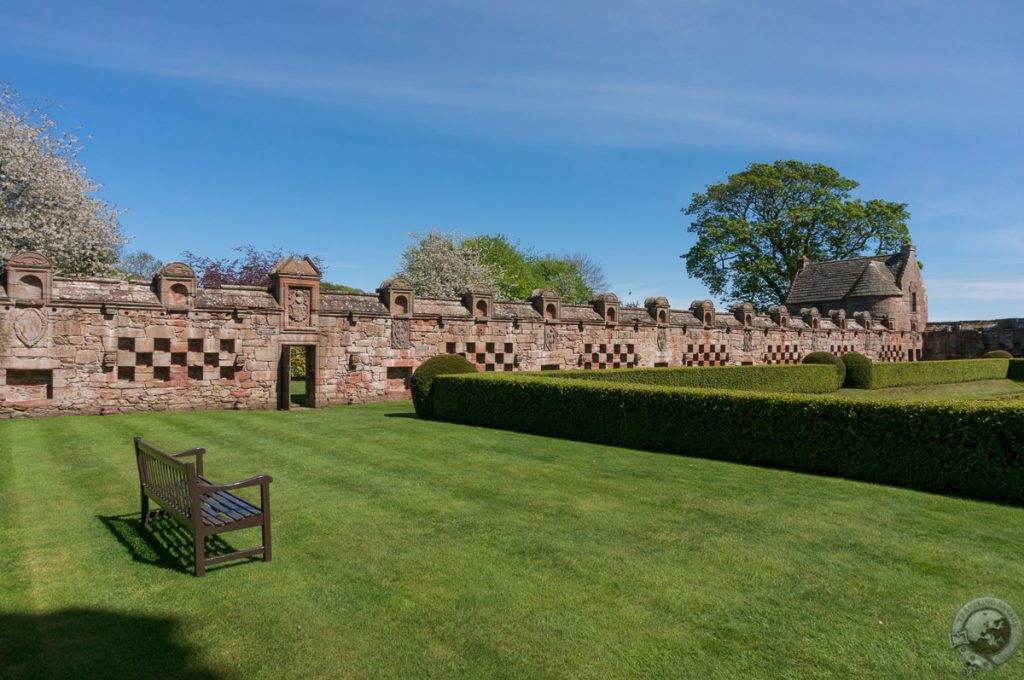
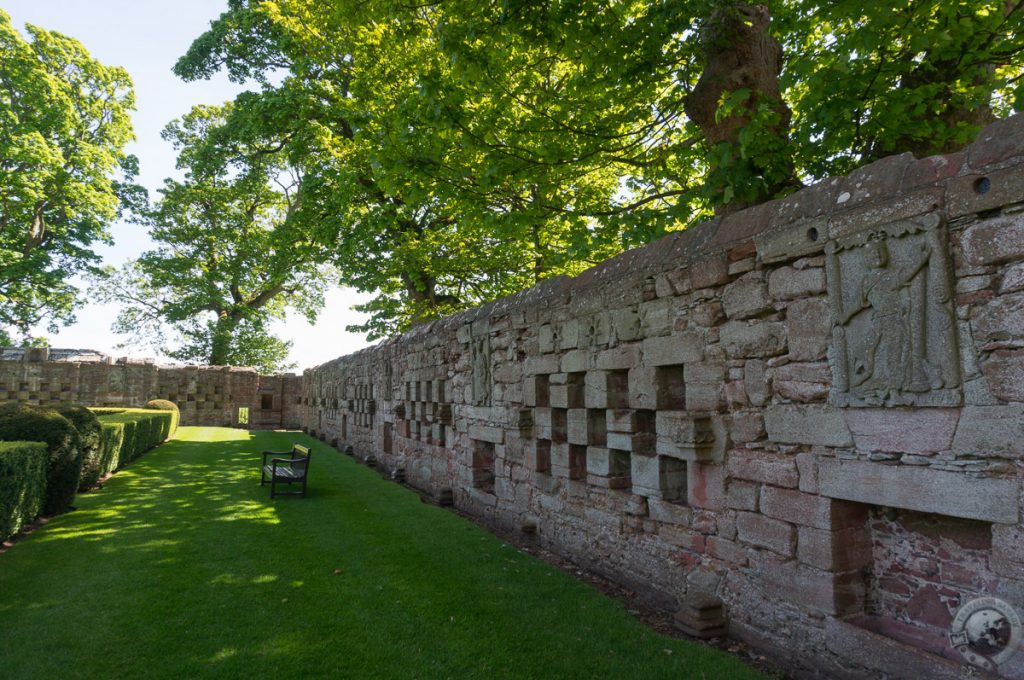
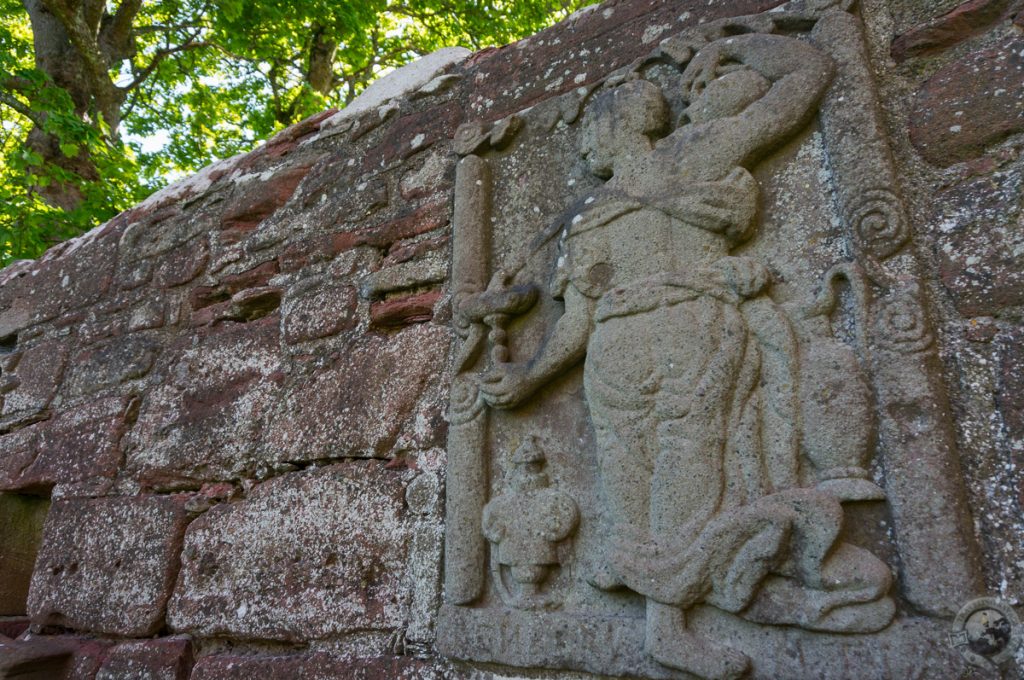
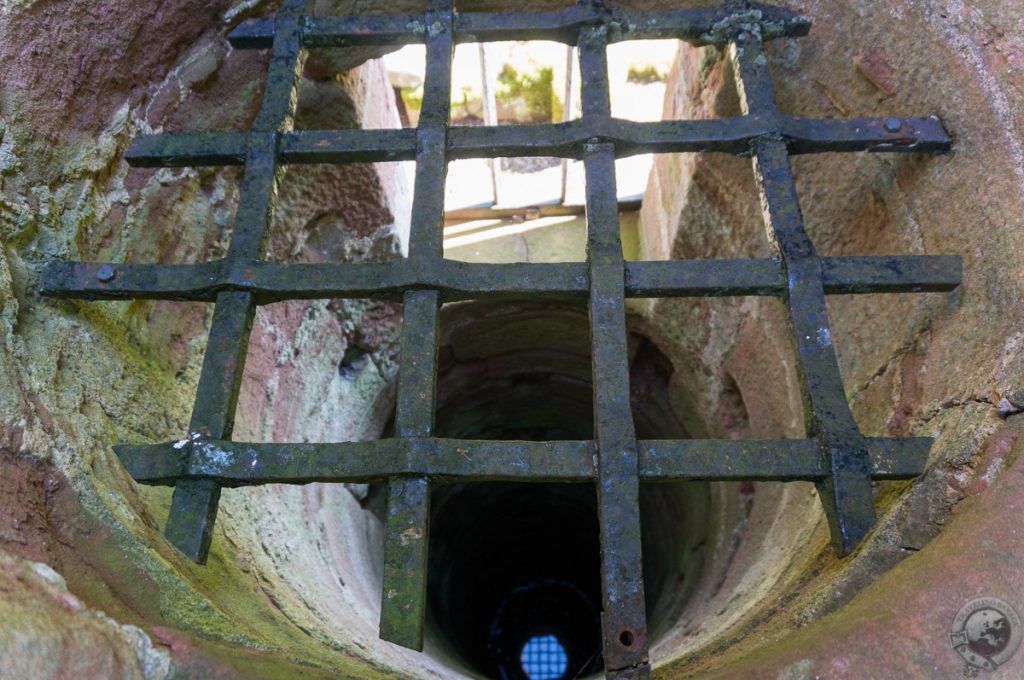
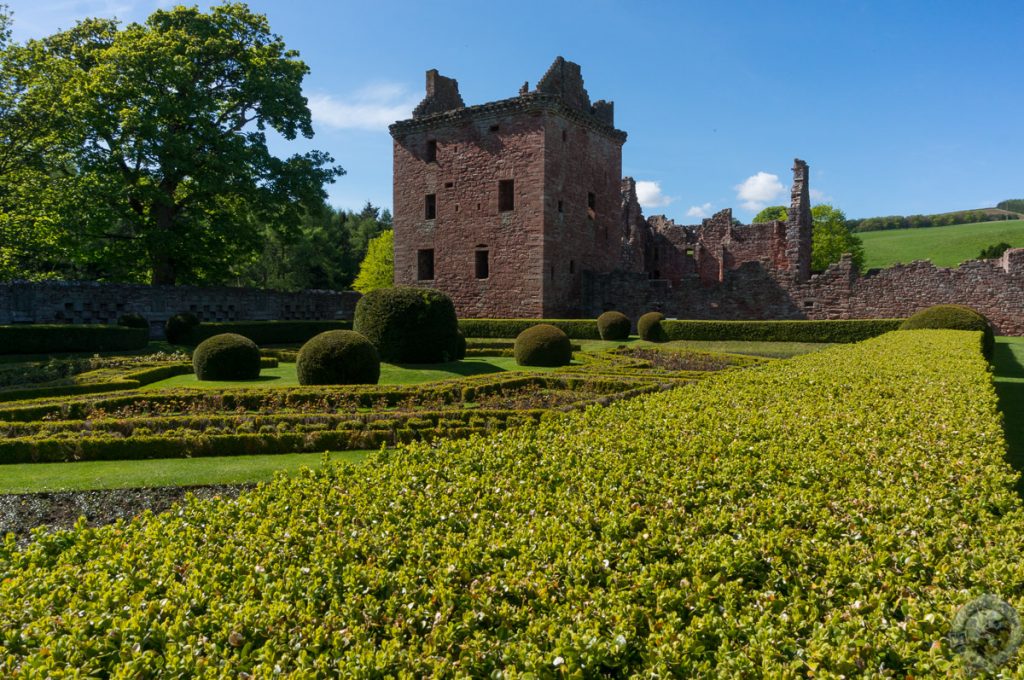
Hi Keith,
You helped us plan our 4 week Scotland trip in 2016 and we had a marvelous time!
Your stories show how much we missed and what has to be on our next itinerary.
Please keep visiting and informing!
Thanks for the lovely pictures and verse!
Hi Linda. You can never see it all!
Keith,
My family has traced our lineage back through the Lindsays of Edzell. My wife and I travelled to Scotland and drove to the castle, as well as the nearby Lindsay Burial Aisle, in October 2019, but apparently missed the touring season for the castle, so we weren’t able to get close to it. I’ve seen many photos of the outside of Edzell Castle, but this is the first time I’ve seen pictures that showed the inside, so thank you so much for posting these wonderful pictures!
Sincerely,
Brian
I am also a descendant of the Lindseys of Edzell. We come from the Alabama Lindseys.